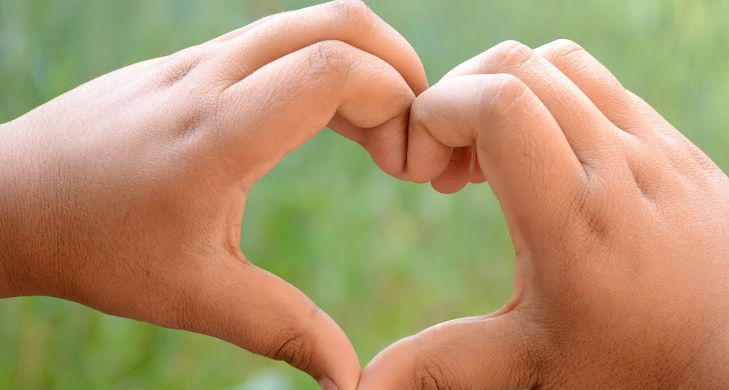October is World Bullying Prevention month, and while many kids are taught the Golden Rule to treat others the way you would like to be treated, learning and applying this lesson may not come easily for bullies. What can we do to help decrease current incidents of bullying as well as avoid future incidents? For teachers and parents who are trying to address bullying, discipline or punitive measures can feel like a natural reaction. However, doing so may not only do little to avoid future instances of bullying, but might actually worsen the situation. Rather than focusing exclusively on discipline, one way to approach bullying prevention is through kindness.
According to Susan Swearer, a University of Nebraska–Lincoln professor and co-director of the Bullying Research Network, and Steffie Rapp, Juvenile Justice Specialist, Office of Justice Programs, U.S. Department of Justice, one of the issues in current anti-bullying measures is that the focus is on punishment rather than prevention. They explain that zero tolerance policies have been proven to fail time and time again, and yet these are the most common forms of anti-bullying efforts taken to address these issues in schools.
The vicious cycle of bullying
There is no bullying gene. Bullying is a learned behavior that can be caused by multiple different factors, and it’s up to parents and teachers to pick up on the signs of bullying as early in a child’s development as possible. By the age of two, children typically develop a sense of genuine empathy, or understanding how others feel even when they themselves don’t feel the same way. So, this is the age when children should understand that other people can be hurt by their words and actions. According to Psychology Today, kids who exhibit overly aggressive behavior by the time they’re only two can turn into bullies if there aren’t any interventions to help them develop prosocial habits.
Bullies can come in any form, and while boys are more likely to be described as bullies than girls are, the fact is that girls are equally as likely to bully; they just are not as likely to demonstrate overt aggression. Bullying isn’t only reserved for children either. Many have experienced bullying from other adults, but it often takes on different terms, like harassment.
Bullying helps kids act on their impulses in a way that provides for immediate results. They want to get on the bus sooner, so they might shove another child out of the way. Or they want a toy that they don’t have at home, so they take it from someone else. Once you have identified that your child is bullying others, it’s important to develop communication and interactions that include a focus on kindness along with any needed discipline. Oftentimes, there is underlying hurt that must be resolved in order to move forward with correcting the bullying behavior.
Rather than focusing on the consequences of your child’s action, focus instead on the causes of it. Bullies have a “distinct psychological makeup”: they’re often anxious and have a hard time empathizing with others. According to the author of The School Discipline Fix, Stuart Ablon, PhD, contends that “bullying a bully doesn’t work. The reasons that kids bully are multifaceted and can hint at deeper issues like emotional regulation and self-regulation more generally.
Kindness in practice
Before learning how to teach kindness, it’s necessary to define what this actually means. Swearer and Rapp define it this way: “Being kind means that you think about the needs and concerns of others. Kind people volunteer, help others, and think about bigger issues that affect their communities. Compassionate thinking and generous actions demonstrate kindness.” Being kind is different from being nice, which is much more passive. A nice person is often pleasant and polite because that is socially acceptable behavior, while a kind person will go out of their way to make a positive impact on other people.
What does this actually look like in practice? There are a lot of different teachers and parents can do to address bullying both before and after it’s happened. One way is to treat kindness as one would treat any other school subject. Some schools have done just that by incorporating curricula surrounding social emotional learning. Like any type of learning, learning about kindness takes a lot more effort than one awareness campaign for the message to actually land. It takes practice.
This list from the PBS Teachers’ Lounge provides some concrete ways to approach kindness instruction, including modeling kindness, creating a “friendship center,” and creating a kindness challenge. Do you suspect that your someone you know is being bullied? These bullying for kids and adults alike can be helpful.
Has your child experienced bullying at school? Stride K12 prides itself on being a safe learning environment for all students, you can view more information and talk with an enrollment specialist today. Did your child already make the switch and joined one of our Stride K12- powered schools to avoid being the target of bullying? Share your story with us.




































